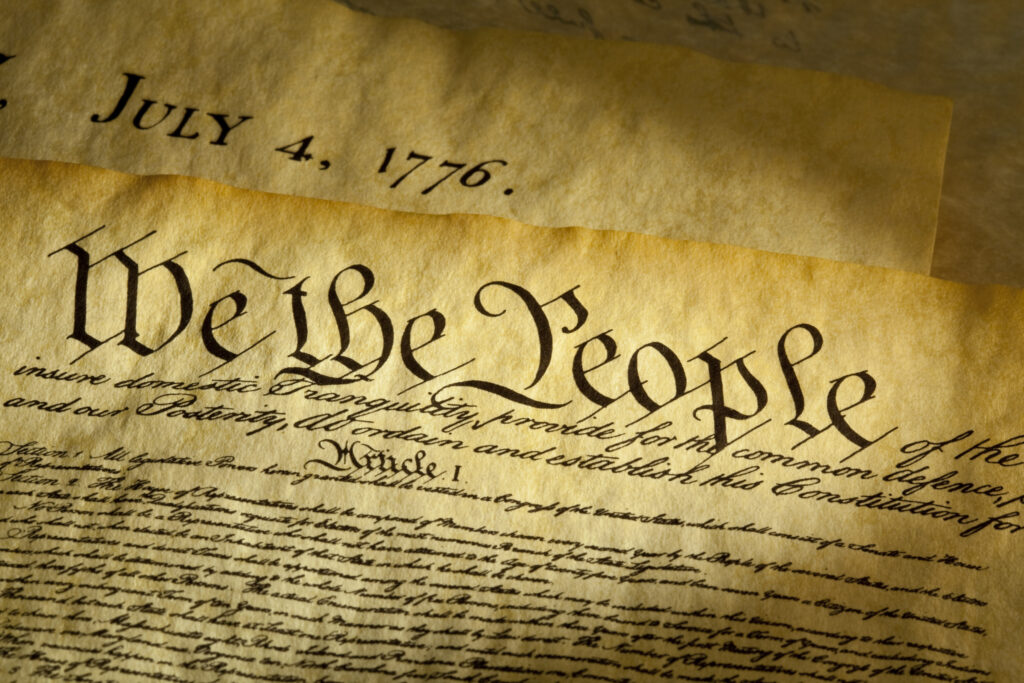“We gotta make an all out stand ayo, I’m gonna need a right-hand man.”
George Washington in the musical Hamilton
There’s a better than average chance most have heard of the Broadway phenom known as “Hamilton.” The musical is a decidedly modern retelling of the story of an impoverished and orphaned immigrant who comes to pre-Revolutionary War America. Along the way Hamilton manages to acquire a college education in addition to becoming a key figure in the early years of this country’s formation. He also founded and created, among other things, the Coast Guard and our financial and banking system.
His story is fascinating on many levels and through many lenses, but of particular interest to me is Alexander Hamilton as General Washington’s “right-hand” man and how that relates to modern day entrepreneurs. Hamilton served as General Washington’s aide-de-camp for four years until finally convincing Washington to release him to his own command. Knowing the end of war was near; Hamilton believed the only way to ensure his post-war success was to demonstrate superior leadership and bravery on the battlefield. Washington reluctantly let him go and Hamilton did, indeed, accomplish his war end goals as well as many other things.
In my book, Tandem Leadership, I explore the relationship between the Owner/Entrepreneur/CEO and his/her #2. As business leaders, having a strong #2 or second-in-command is important. Having the correct type of #2 is imperative. There are four distinct types of the #2 position – Professional, Trainee, Consultant and Entrepreneur.
Hamilton neatly fits the profile of the “Entrepreneurial #2”. Hamilton desired a regiment command to achieve his goals – both for himself and his new country. He had a very specific vision of the way the United States was to be after the war and sought to make it so. He also understood the best way for him at the time to achieve his goals was to first work for the most prominent leader of the time, General Washington.
Not everyone needs or wants a “Hamilton.” General Washington, as the commander-in-chief of the Continental Army no doubt had need for multiple types of #2’s within his leadership structure. But in Hamilton, he got both a leader and an innovator. As his senior aide, Washington was comfortable with Hamilton communicating to his generals and the Continental Congress. After the War, Hamilton was the first Secretary of the Treasury where Washington supported his vision for national financial policy.
Entrepreneurial #2s seek out to work for the best companies and leaders and/or in a dynamic and challenging environment. Their length of stay in those positions is determined by any combination of the following: the depth and complexity of the position or task, the time it takes to master their position, the potential for additional growth and responsibility and the degree it will benefit the #2 both personally and professionally. Compensation and recognition is important, of course, but typically is only used as a measure of the success, not the success itself.
If you have an Entrepreneurial #2 on your team, you will need to understand that while they may contribute at a very high level, they may become restless and need additional challenges as they master their position. In a company, with high growth and expansion, this type of #2 leaders are recruited and coveted as they thrive with each new project or challenge – leading a new division or starting up a new product. As long as there is challenge and alignment, they can thrive without wanting to leave the company. Like Hamilton, they will have their own unique vision about the world and most likely will want to put their stamp on it. George Washington knew that Hamilton was someone he needed to help fight the British and most likely understood he would eventually need to release him to his own command.
In thinking about your business, which type of #2 do you need?
Not quite sure? In the weeks to come I’ll be sharing additional stories of #2 leaders and their profile type.



